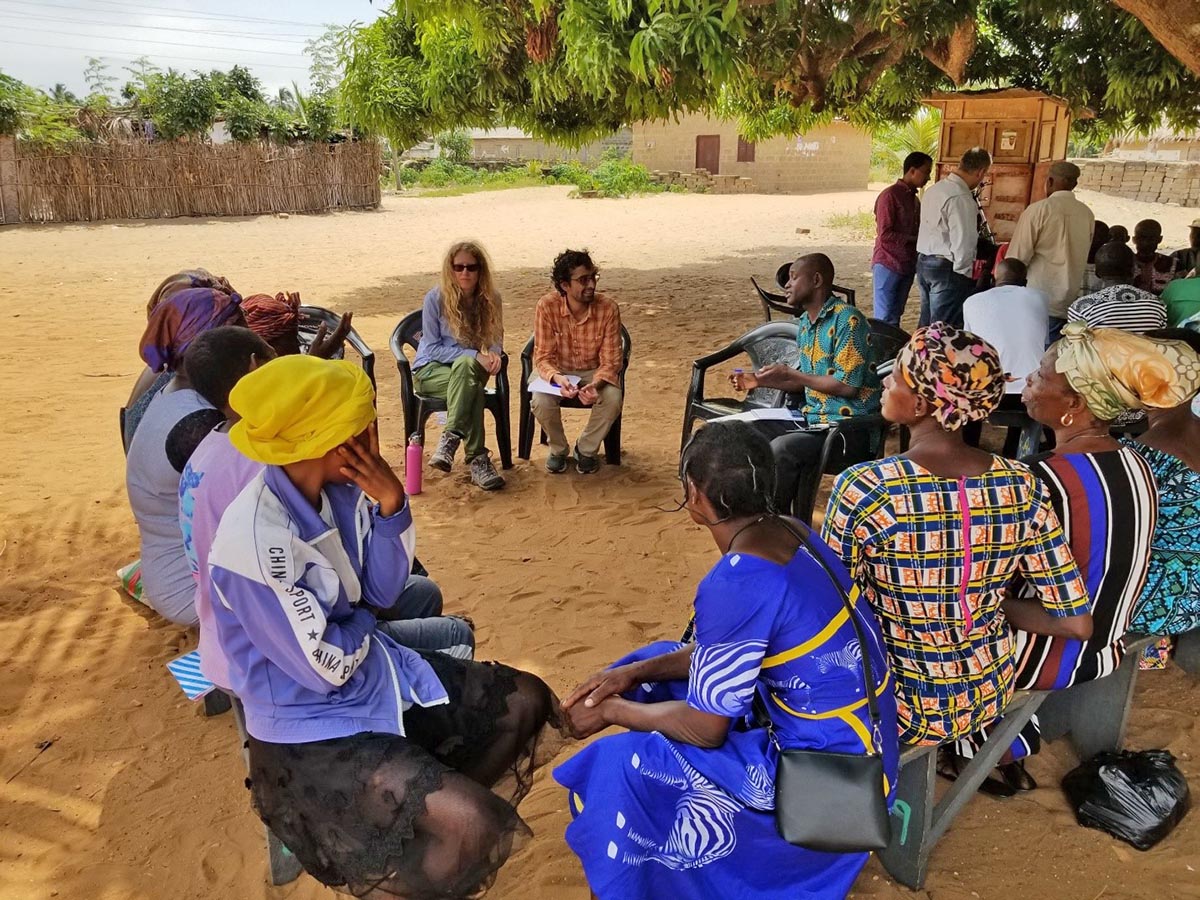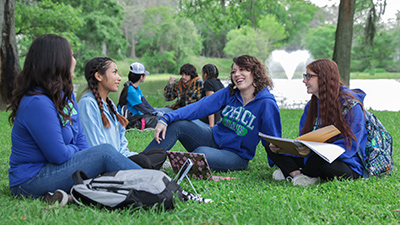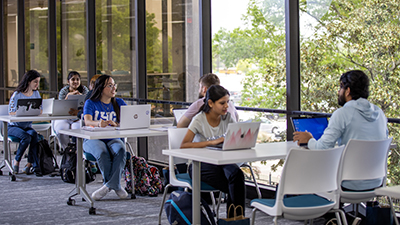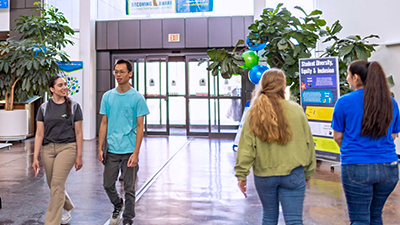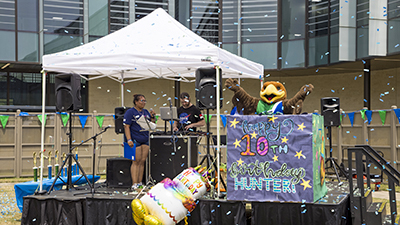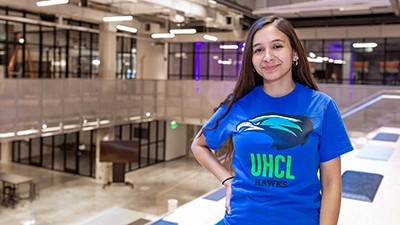
Riffles & Reeds Newsletter - May 2024 - Research Notes
By Dr. Marc Mokrech, Geospatial Scientist and Lecturer
EIH, in collaboration with an international consortium of researchers, were awarded a grant titled “Upscaling Mangrove Restoration for Coastal Hazard Reduction in a Deltaic Environment: Prioritizing Restoration Efforts for Nature-based Solutions in the Volta Delta.” This research project, funded by the International Union for Conservation of Nature (IUCN), will develop a decision support tool to bolster local restoration practitioners.
The project has five tracks that will run in parallel through the project duration: 1) Mangrove Restoration Analyses to assess present state and future feasibility; 2) Mangrove Hazard Reduction Benefits using site analyses and modeling tools; 3) Restoration Priorities of Local Communities using Multi-Criteria Analysis; 4) Assessing Mangrove Restoration Success using novel monitoring approaches and stakeholder input; and 5) Mangrove Restoration Prioritization Tool. The project team consists of researchers from Ghana (The Development Institute and University of Ghana), the United States (East Carolina University and University of Houston-Clear Lake), and the United Kingdom (Brunel University London) (figure 1). They are experts in coastal engineering, geospatial science, social science, and restoration practices.
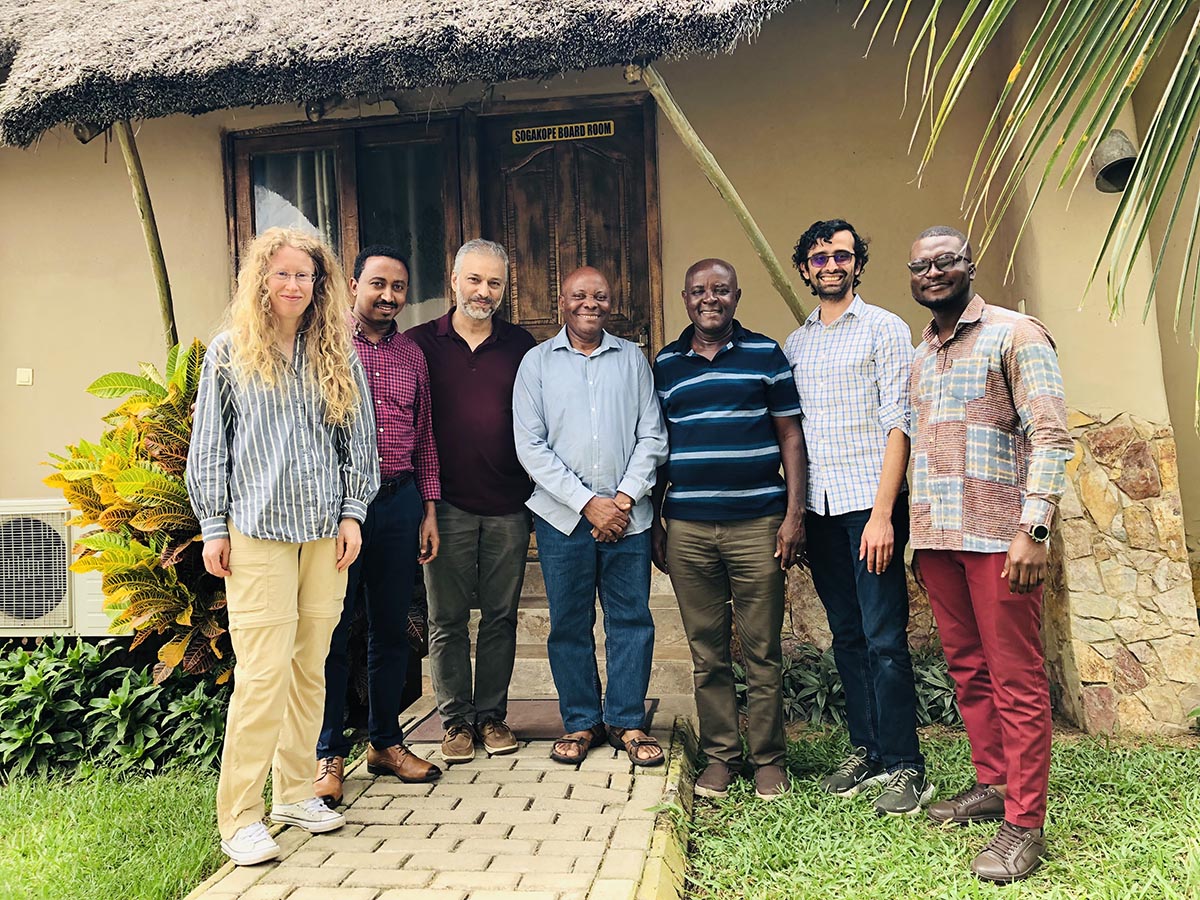
Deltaic coastlines can be highly vulnerable due to their exposure to coastal hazards, especially when they coincide with increasing pressures on natural systems due to population growth/urban development, and low level of adaptive capacity. The Volta Delta in Ghana provides a unique example of such conditions. The Delta is in the Keta basin at the lower part of the Volta River basin, consisting of densely populated regions and important ecosystems supporting local livelihoods. The Delta is susceptible to multiple climatic, environmental, and human impacts, but simultaneously contains rich natural habitats that may help improve the climate and hazard resilience of adjacent human settlements. Due to climatic and socio-economic pressures, the Volta Delta faces various challenges including coastal erosion, flooding, and saltwater intrusion that impact the health and well-being of coastal communities, urgently requiring sustainable adaptation strategies. The delta is particularly rich in mangroves, which are known to help reduce some of the above-mentioned impacts. In this context, mangrove Ecosystem-based Adaptation (EbA) is known to have high potential for reducing vulnerability to coastal hazards while enhancing ecosystem health. However, the implementation of EbA remains low due to a lack of understanding of the climate, hazard, environmental, and social drivers that influence EbA potential and effectiveness. In addition, mangroves are threatened by unsustainable extraction and human activities as they are used by communities as fuelwood and timber (figure 2). Thus, understanding the economic and people benefits of mangroves for hazard reduction provides a strong incentive for financing and supporting mangrove restoration.

The research team held the first in-person project meeting in Ghana between June 29–July 7 of 2023. The lead persons for the five tracks gave presentations about the work, planned schedules, and data and information needed for their tracks. Since the first meeting, the research team has been analyzing ongoing restoration efforts at the local scale with larger scale environmental and social contexts. Five local communities were selected for this EbA project due to existing mangrove restoration projects that identify coastal erosion and flood reduction as potential restoration objectives. These communities are located in the Anloga District area within the Volta Delta (figure 3): Akplorwotorkor, Abledomie, Anyanuie, Agorkedzi/Fuveme, and Dzita. The research team has completed the community entry process that aims to initiate, nurture, and sustain a desirable relationship with these communities (figure 4) and consequently, obtaining inputs from local stakeholders and securing access to their mangrove restoration sites.

